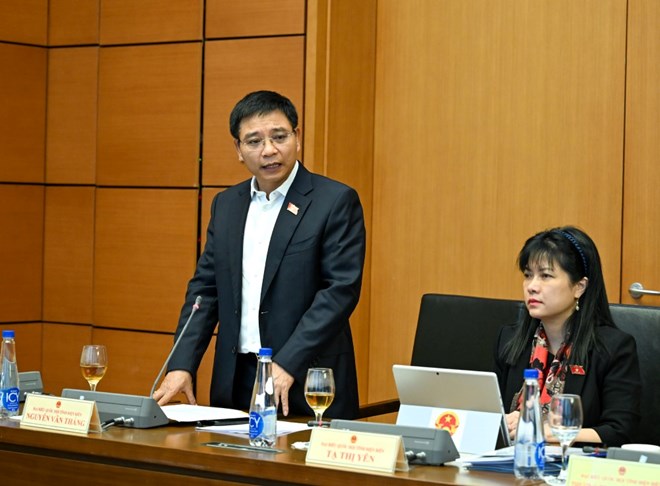
Minister of Finance Nguyen Van Thang talks about investment in Tran De port. Photo: Pham Dong
On November 7, the National Assembly discussed in groups the draft Law on Planning (amended); Law amending and supplementing a number of articles of the Law on Urban and Rural Planning ; Adjusting the National Master Plan for the 2021-2030 period.
Speaking at the group on adjusting the national master plan, Minister of Finance Nguyen Van Thang said that this time, the Government submitted to the National Assembly to adjust some contents to suit the new situation.
In particular, regarding the determination of economic growth and a number of other indicators for the period 2031-2050, the Government has submitted to the National Assembly to adjust the GDP growth rate for the period 2026-2030 to reach 10%/year or more, the labor productivity growth rate to reach over 8.5%/year; by 2030, GDP per capita will reach about 8,500 USD, the Human Development Index (HDI) will reach 0.78...
In the period 2031-2050, strive for a GDP growth rate of about 7-7.5%/year. GDP per capita at current prices by 2050 will reach about 38,000 USD. The Human Development Index will reach over 0.85.
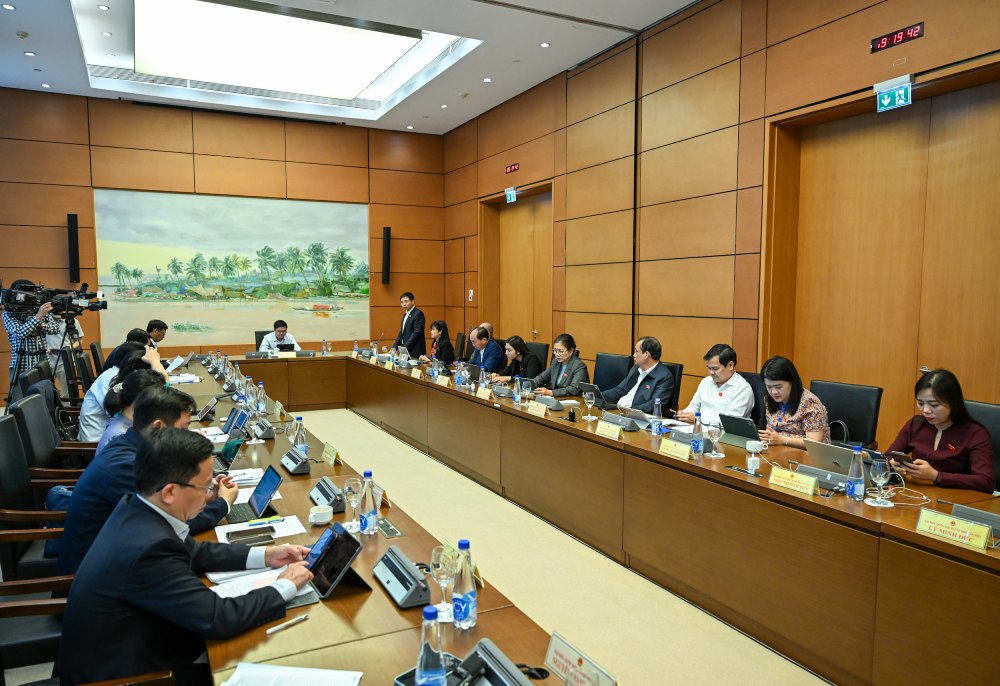
Discussion session at Group 11 of the National Assembly (Can Tho and Dien Bien delegations). Photo: Pham Dong
The Minister of Finance reiterated, concluding the direction of the General Secretary, Party and State leaders and the draft Party Congress Documents, the goal by 2030, the 100th anniversary of the Party's founding, is to become a developing country with an upper middle income.
The goal by 2045, the 100th anniversary of the country's founding, is to become a developed, modern industrialized, high-income country.
The Minister said that, up to now, in many projects and strategies, we have set a vision to 2050, the planning is similar. However, for the national master plan alone, it is possible to consider adjusting the vision to 2045, to match the goal of celebrating the 100th anniversary of the country's founding. "This is a feasible proposal and I think we can consider adjusting in this direction," Mr. Thang said.
Regarding the specific project portfolio, including opinions on Tran De port (Can Tho). Accordingly, the submission to the Government on the orientation of socio-economic space development adjusting socio-economic zoning according to the plan approved by competent authorities includes 6 regions.
Among them, the Mekong Delta strives for an average GRDP growth rate of 9-9.5%/year in the period 2026-2030 with the goal of developing inland waterway infrastructure, seaports, logistics infrastructure; upgrading main routes, including maritime routes for large tonnage ships. Constructing Tran De seaport as a gateway port for the Mekong Delta; constructing Hon Khoai dual-use general port and a road connecting the mainland to the port.
Clarifying the construction of Tran De seaport, Minister Nguyen Van Thang said that when he was in charge of the Ministry of Transport, he supported the construction of the port in every way, from calling for and attracting investment from businesses. The problem at Tran De port is infrastructure investment and policy mechanisms.
Because, according to the Minister of Finance, infrastructure investment alone is not enough, it is necessary to call for and attract businesses to build and exploit ports effectively.
"If we invest heavily in Tran De port, it will cost 2-3 billion USD. If the private sector invests in the project, the question is what kind of goods can help investors break even and do business effectively. This is a very big problem," Minister Nguyen Van Thang added.
The Minister also emphasized that the development of Tran De port must be directed towards businesses, because only businesses have the ability to arrange the market, mobilize, invest and exploit effectively.
Source: https://laodong.vn/thoi-su/can-2-3-ti-usd-de-dau-tu-cang-tran-de-ra-tam-ra-mon-1605270.ldo


![[Photo] Da Nang: Hundreds of people join hands to clean up a vital tourist route after storm No. 13](https://vphoto.vietnam.vn/thumb/1200x675/vietnam/resource/IMAGE/2025/11/07/1762491638903_image-3-1353-jpg.webp)









![[Video] 24-hour news on November 7, 2025: 10th session, 15th National Assembly: Planning is an institution to regulate society in the future](https://vphoto.vietnam.vn/thumb/402x226/vietnam/resource/IMAGE/2025/11/07/1762520750104_z7199669011182-d4f10084d0e84bd69869cc601b2c7710-jpg.webp)





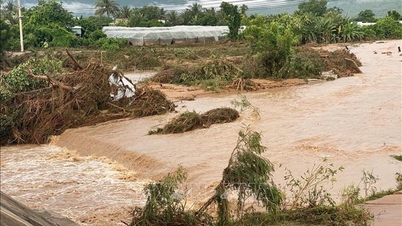


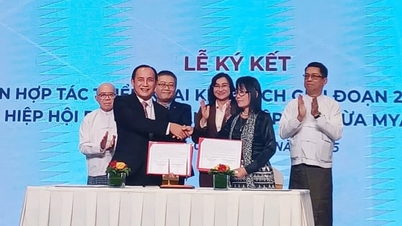













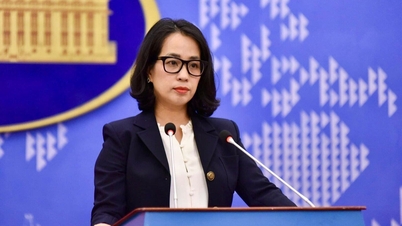



































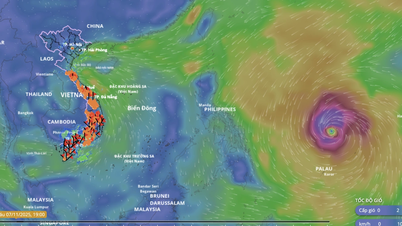







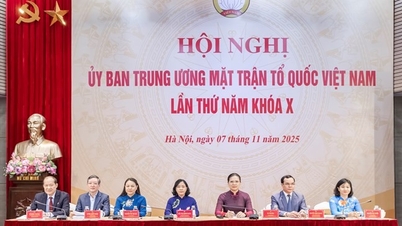
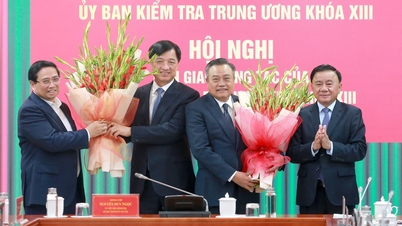


























Comment (0)